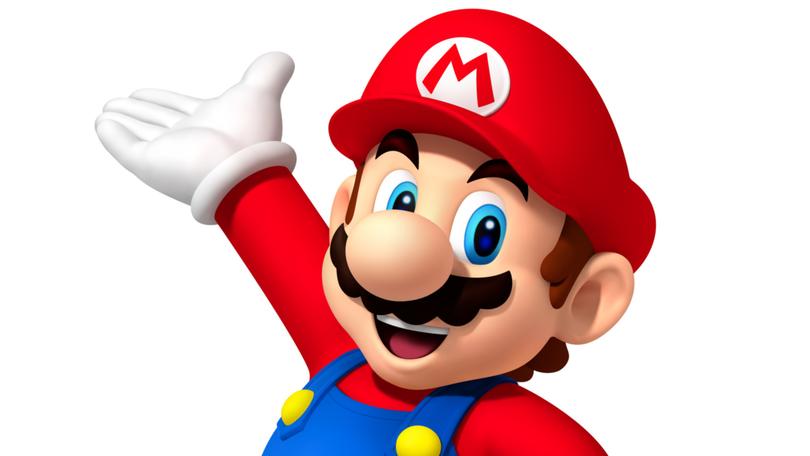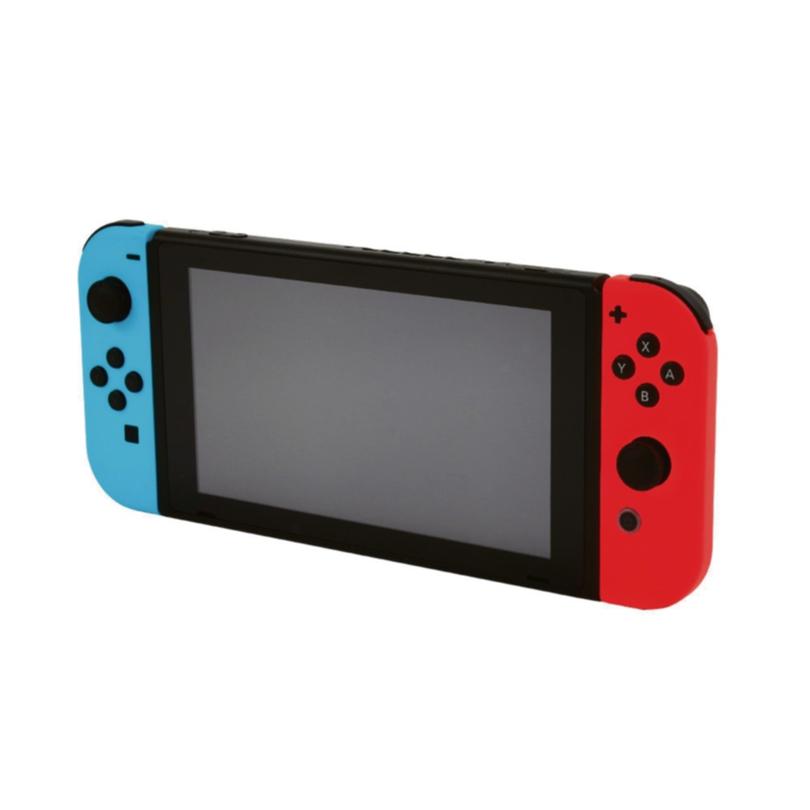The Economist: Small Switch keeps profit in hand for Nintendo

The world’s most successful maker of gaming hardware has not released a new console for nearly eight years.
Yet the fanfare around the Nintendo Switch 2, expected to launch in the next few months, has been relatively quiet.
Last month Nintendo released a brief video introducing the machine, which looks much like its predecessor.
Sign up to The Nightly's newsletters.
Get the first look at the digital newspaper, curated daily stories and breaking headlines delivered to your inbox.
By continuing you agree to our Terms and Privacy Policy.Under the plastic casing things are no more exciting: analysts expect the console to pack about as much processing punch as Sony’s PlayStation 4 (PS4), which is more than 11 years old.
The Switch 2 is a sheep in sheep’s clothing.

So why is Nintendo’s share price at an all-time high? As greater computing power leads to diminishing improvements to the gaming experience, Nintendo is betting that consumers are willing to trade processing oomph for portability and price. That proved to be a winning gamble with the original Switch. With its next console, Nintendo is doubling down on the strategy.
Early rounds of the “console wars” were defined by competition over what the machines could do.
Each new generation represented a step change in graphical fidelity or gaming mechanics.
Nintendo’s N64, released in 1996, catapulted Mario from two dimensions into three; Sony’s PlayStation 2, launched in 2000, rendered a formerly blocky Lara Croft in glorious curves.
Today each update is marginal.
Sony’s PS5 Pro, a hulking $700 beast released in November, offers improvements over the PS5 that are imperceptible to most players.
As a result, many no longer bother to upgrade: nearly half of active PlayStation gamers still use an old PS4, Sony says.
Game publishers increasingly cater to older machines: Electronic Arts recently released a version of its latest “Star Wars” game for the PS4, more than a year after it launched on the PS5.
Nintendo’s first-generation Switch proved that a console no longer needs to be cutting edge to be a commercial hit.
On February 4, Nintendo reported that lifetime sales of the device had reached 151 million, just shy of the record set by the PS2 20 years ago.
The Switch has pushed Nintendo’s operating profit to near an all-time high in recent years.
The Switch 2 will be backwards-compatible, meaning those millions of existing Switch users can upgrade and still play their old games.
Analysts expect the new console to cost a modest $400-500 (Trumpian tariffs notwithstanding).
Although still underpowered relative to its peers, the new console promises more computing might than the first-generation Switch.
That creates a “potentially transformative opportunity” for game publishers, says Matthew Ball, a technology analyst.
Many of the most popular titles of recent years, such as Activision’s “Call of Duty” or Take-Two’s “Red Dead Redemption 2”, cannot run on the Switch.
Nintendo’s new console promises enough power to support them.
The chance to reach millions of gamers on Nintendo’s platform opens a big new market for these publishers.
They need it: soaring game-development costs and stagnant demand have pushed many game-makers into crisis.
Last month Electronic Arts sharply reduced its revenue forecast for the year.
Ubisoft’s future is uncertain, following a string of flops; the French game-maker has lost more than 90 per cent of its market value since its peak in 2018.
Even Sony and Microsoft, Nintendo’s biggest rivals, are expected to publish more games on its platform to recoup the rising costs of development.
Sony recently released “LEGO Horizon Adventures” on the Switch, and Microsoft is encouraging Xbox users to “play anywhere”, selling gaming subscriptions that can be used on any device.
The Switch 2’s sales are unlikely to match those of its predecessor, believes Josh Chapman of Konvoy, a gaming venture-capital fund.
Whereas the Switch faced little competition in the handheld market, the space is becoming crowded.
The portable Steam Deck, released in 2022 by Valve, another video-game company, offers PC titles on the move.
Valve announced last month that it will also power new portable consoles made by Lenovo.
Sony and Microsoft are both reportedly working on handheld Xbox and PlayStation devices.
If the old console wars were about building the mightiest machines, the new battles are about building the smallest.
Originally published as Can Nintendo’s new console propel it to even greater heights?
